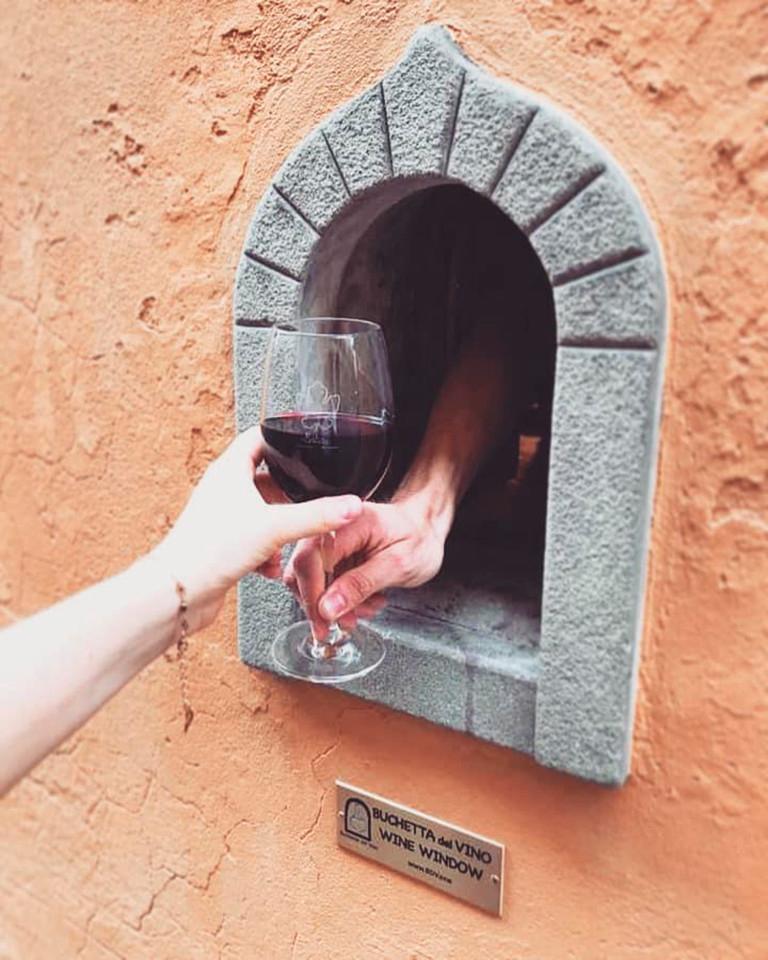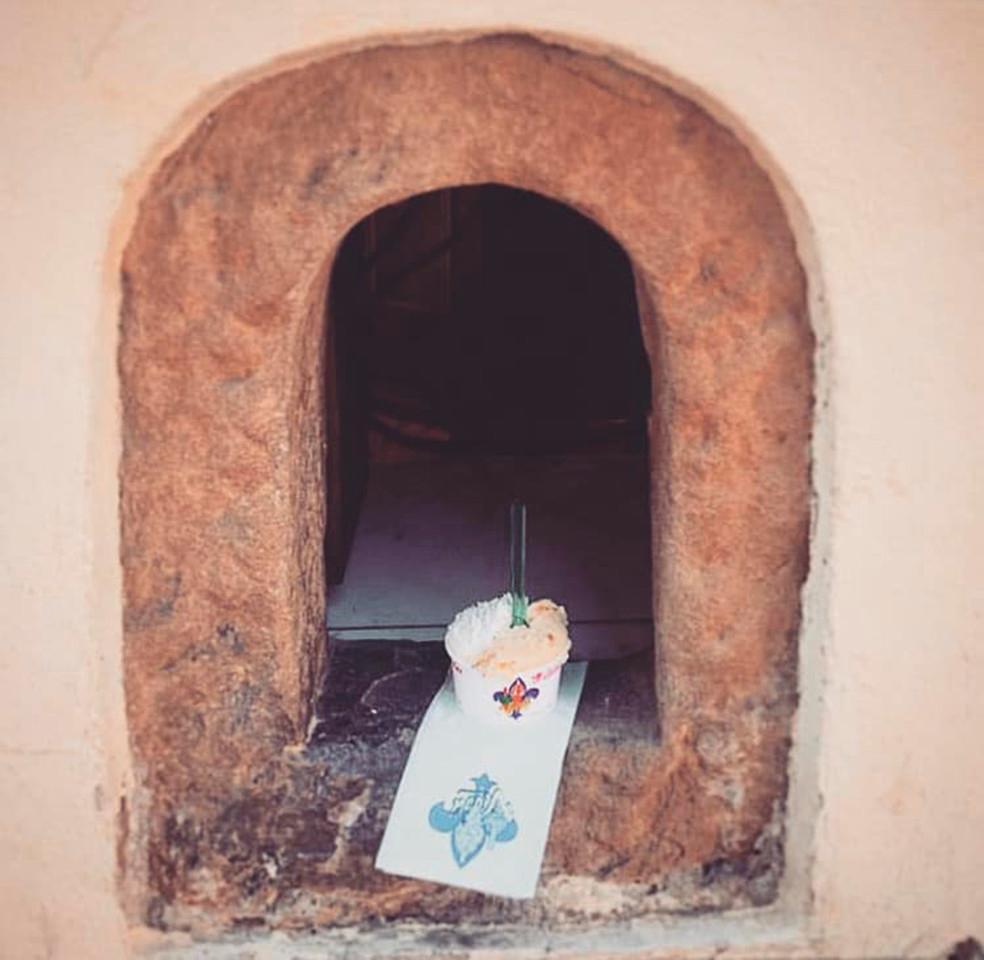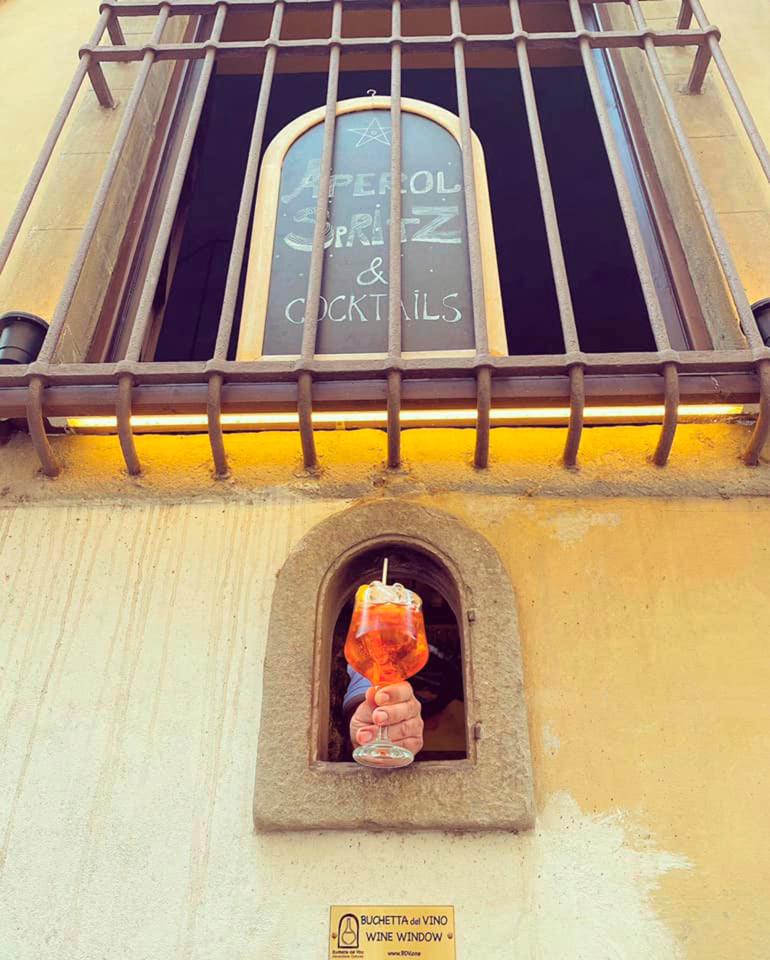Centuries ago, the bubonic plague also known as the “black death” swept through Europe and killed over 25 million people, almost a third of the continent’s population. The plague from Asia spread to Italy during the late Middle Ages and continued making its way north.
Unable to give up their lovely wine, the Italians then created a quirky tiny window known as the “wine windows” or buchette del vino of Tuscany.
These windows are basically tiny hatches which are carved into the concrete walls of urban wineries and shops. These windows are important because it allowed people to be served wine at a safe social distance.

According to Insider, the windows were first introduced in the 1600s and they were never used again until the current pandemic.
“Everyone is confined to home for two months and then the government permits a gradual reopening,” the Wine Window Association website reads.
“During this time, some enterprising Florentine Wine Window owners have turned back the clock and are using their Wine Windows to dispense glasses of wine, cups of coffee, drinks, sandwiches and ice cream — all germ-free, contactless!”

“People could knock on the little wooden shutters and have their bottles filled direct from the Antinori, Frescobaldi and Ricasoli families, who still produce some of Italy’s best-known wine today,” said Matteo Faglia, president of the Wine Window Association.
“The wine windows gradually became defunct, and many wooden ones were permanently lost in the floods of 1966,” said Faglia.
The historical association has also begun mapping these forgotten, and sometimes vandalized, relics throughout the wine country. They’re marking these windows with a plaque to designate their import and authenticity.
“We want to put a plaque by all the wine windows, as people tend to respect them more when they understand what they are and their history,” he added.










